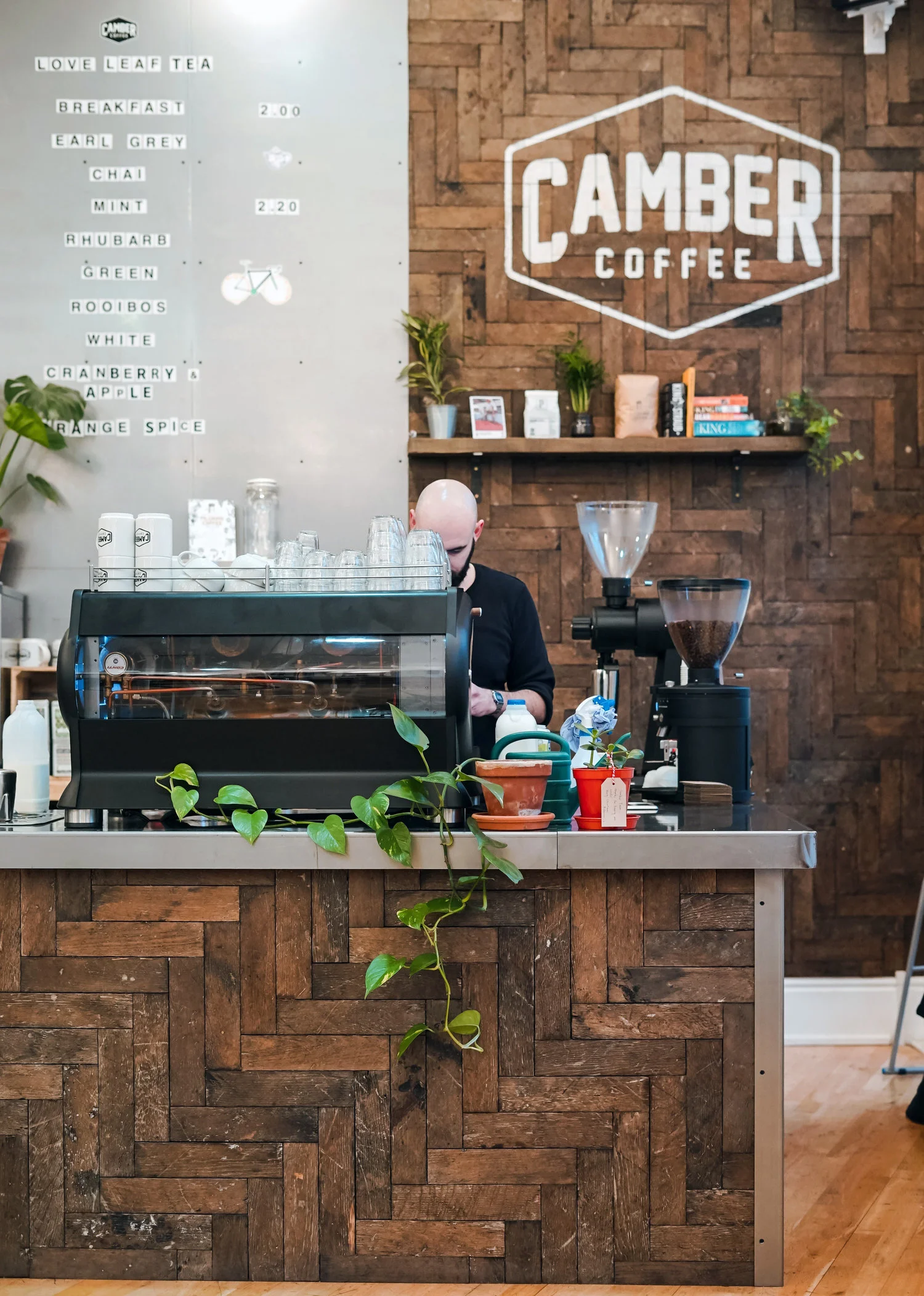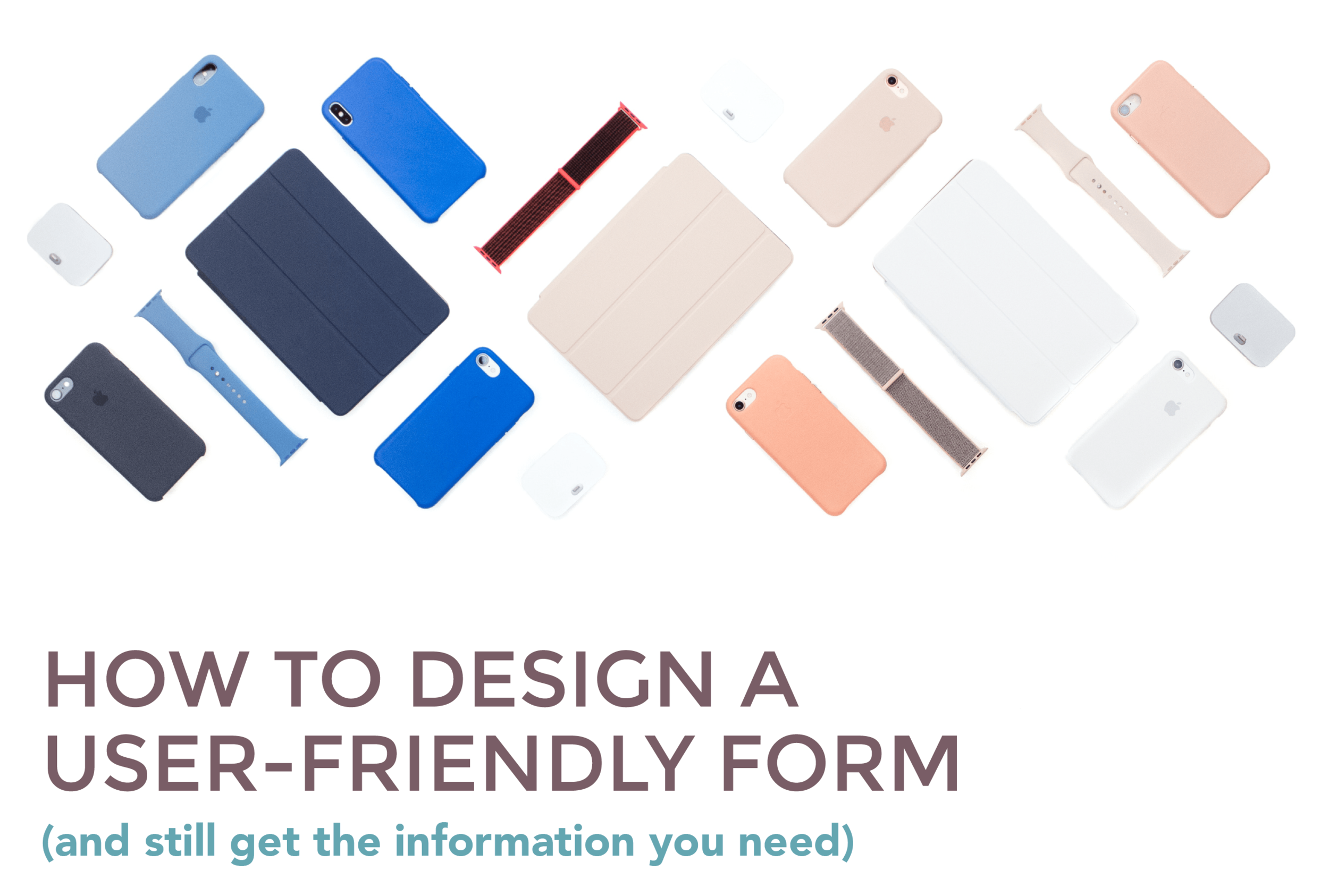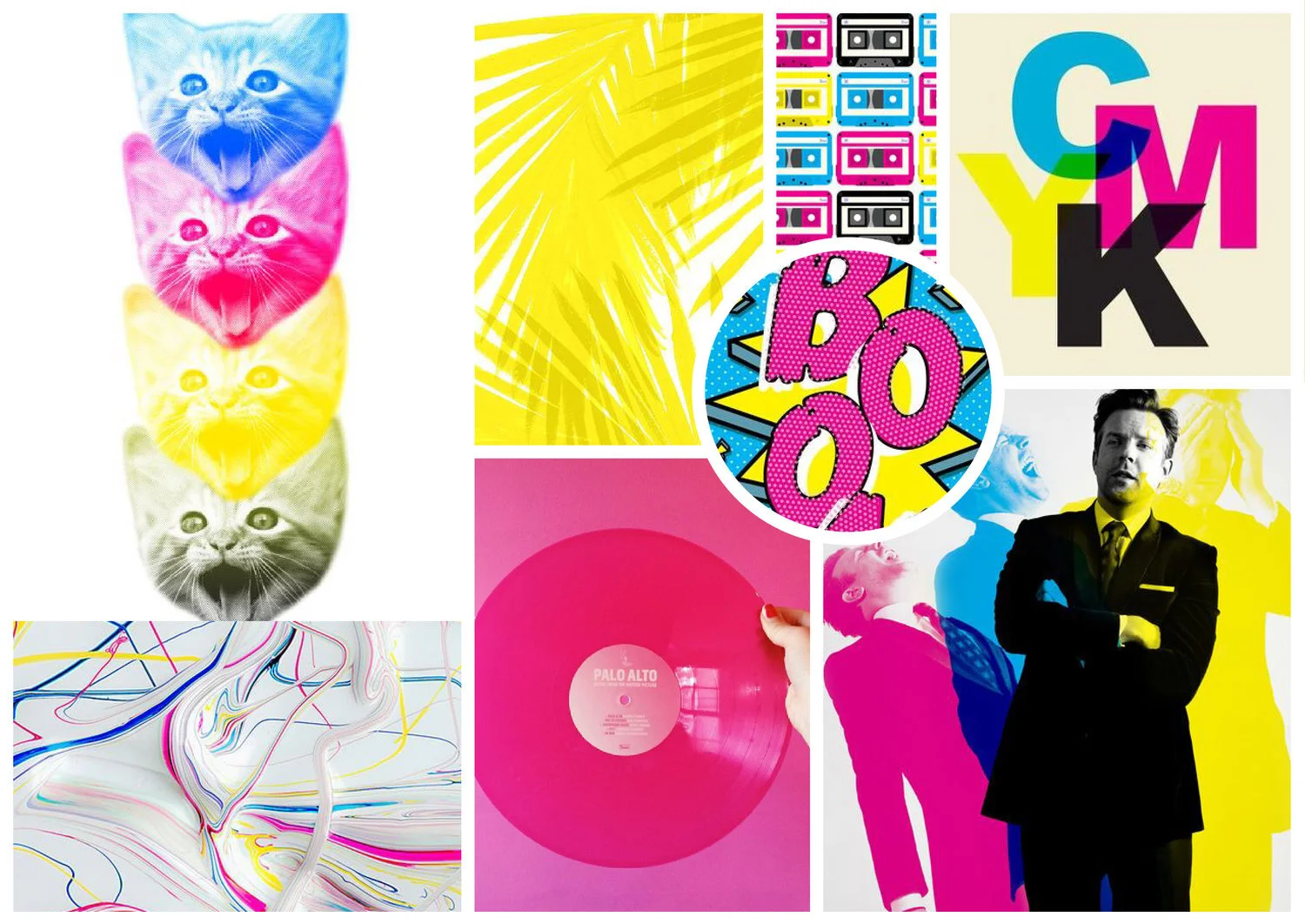Get your new business of to the best start possible with the right marketing materials!
So, you’ve decided to start a business. You know you need the basics like a logo and business cards – but what other marketing assets should you make a priority?
Marketing materials can encompass everything from websites and letterheads to social media graphics and promotional videos. If you’re just starting out in the small business world, chances are your budget is probably a little tight – but skimping when you start up can mean unnecessary spending down the road.
Think about it: you pick the first business name you think up and print up a bunch of business cards, letterheads, and pens. A few weeks later, you’re hearing from your customers that they can’t remember your business name. Now you’ve confused people, still have to pay for proper branding, and you’ve got to pay to reprint materials you could have gotten right from the start.
The good news is that we’re here to tell you what you need it, why you need it, when you need it, and how you get it. We hope this run down of essential marketing materials helps empower you when you’re hiring a graphic designer or marketing agency.
Here’s what you need to successfully get your business off the ground:
1. Brand Values
Because no physical products come out of this stage of the branding process, it’s often rushed or disregarded – but this is one of the most important stages, and it will influence everything you do from here on out. Your brand values are the set of principles that will dictate every aspect of your business, including the look, messaging, and customer service approach.
Here’s what you’ll want to define:
Values: what does your business stand for?
Objectives: where do you want to be in 1, 5, or 10 year’s time?
Customer personas: who are your talking to and what do they care about?
Tone of voice: how will you talk to your customers? And why?
Proposition: what will you do for your customers? And how will you benefit them?
Tagline/mission statement: how can your brand’s essence be summed up into as few words as possible?
Taking the time to properly develop your brand values will allow you to properly train your workforce and will help you communicate your brand to third parties. We suggest asking your marketing team for a brand book or set of written guidelines that you could hand off to an outside team.
2. Brand Identity
Now it’s time to develop the look and feel of your brand. This is where you’ll work with a designer to create a logo and everything that goes with it. You’ll want to come out of this stage with:
Primary logo: as well as any alternative logo formats you might need for packaging, online use, or small sizes
Logo usage guidelines: what is the smallest size your primary logo should be printed? What do you do when you can only print your color in one logo? Make sure your designer provides you with guidelines for every situation you might encounter.
Font palette: what fonts are you going to use on print, web, and in Microsoft Office?
Color Palette: what primary and secondary colors will complement your look, logo ad tone?
Graphic elements: anything needed to complete your print and web designs.
Sample usage: make sure your designer provides examples of how all these elements will come together to create your signature look.
3. Build a winning website
We talk a lot about the importance of a well designed and properly optimized website, so we won’t waste a lot of space here talking through why you need one. Instead, we’ll run through a few key considerations when it comes to building it:
Get to the point: you’ve got a limited time to capture visitors’ attention, so get your message across clearly and effectively on every page.
Contemporary: outdated websites make your brand look instantly aged and untrustworthy. Take the time to get your website looking slick, and outsource it to a specialist if you need to.
Architecture: once you start adding menus and pages, they can be a right pain to change down the line. To make sure you’ve got a great user experience from the outset, map out your site’s architecture before you start building it.
Search engine optimization (SEO): with a reputation for being the cheapest marketing method around, it’s crucial that you build and write your website with SEO at the forefront of your mind.
Contact: make your call to actions and contact information crystal clear.
Host: choose a content management system that’s reliable. Personally, we would recommend Squarespace – here’s why.
Domain: be sure to match your domain name to your business’ name.
4. Social media
Did you know, 70% of the US population have at least one social media profile? That’s a whole lot of potential customers to capture.
We suggest selecting just 2-3 platforms to get started on – especially if you’re handling your social media in house. To effectively leverage social media, there’s a few things you’ll need to do:
Only use high resolution profile and background images (pixilated pictures make you look untrustworthy and out of touch)
Write a succinct and enticing bio
Link back to your website
Include contact details
Keep an eye on your inbox/direct messages
Commit to regularly posting
Reply to those who engage with you
Interact with relevant people and/or profiles
Maintaining social media should be a daily job – if it’s not, you’re not doing it right. We suggest creating a content calendar to stay organized. And, make sure you have a set of templates on hand to save time when you need to create a quick Facebook graphic.
5. Blogs
Investing in content marketing comes with endless benefits. A well maintained blog boosts your SEO efforts, helps you build backlinks and brand awareness, generates leads, adds brand value, and ups engagement.
Just remember the golden rule: the content you’re publishing must be quality. Churning out subpar articles won’t get you far -- if it even gets you anywhere. Here are a few general post types to get you going:
Videos
Infographics
Webinars
Tutorials
Whitepapers
Presentations
‘How to’ guides
Buzzfeed-style listicles
With good content, you need good images. If you’re not in the position to fork out money for sites like iStock and Shutterstock, consider Unsplash, Pixabay and Pexels for good, free alternatives.
6. Templates
Next up is templates. The extent of this list will vary depending on the nature of your business, but below is an idea of the types of templates we suggest you think about:
Email campaigns - sales, welcome, thank you, updates, or otherwise
Newsletters
Direct mail
Job descriptions
Email signatures
Powerpoint presentations
Social media graphics
Letterhead/memos
Your logo should feature on each and every one of them -- which is why it’s important to have a logo that sits well in different settings, and your brand’s look, feel and tone should be encapsulated too. Remember though, your templates don’t need to be uniform to be consistent.
7. Print collateral
We’ve been carrying on about online a lot -- and rightly so! -- but don’t forget about good old offline advertising. Depending on your industry, things like physical brochures and business cards can be an important asset.
If you’re investing in printed materials, remember to:
Do your research: spending a bit of time selecting a quality printer.
Don’t compromise: poor quality paper reflects badly on your business.
Don’t rush: if there’s a proofreading mistake that’s your fault there’s no going back -- without throwing money down the drain.
Keep it consistent: print materials still needs to mirror your online presence.
Think of the bigger picture: think about how you can make print materials evergreen so that you don’t have to reprint regularly. Consider what really needs a date and what could go without one.
Get the right amount of copies: you can easily order more, so don’t go print crazy and order 1000s of copies unless you’re absolutely certain they’ll be used. But, you usually get a discount the more you order, so don’t be afraid to print some extras.
Need a little help?
Getting all your marketing assets together can feel really daunting -- I know, I’ve been there! But here at Hue & Tone Creative, there’s a lot we can help you with. From logo design and letterhead to web design and social media management, get in touch to see how we can support your business’ success.




















































